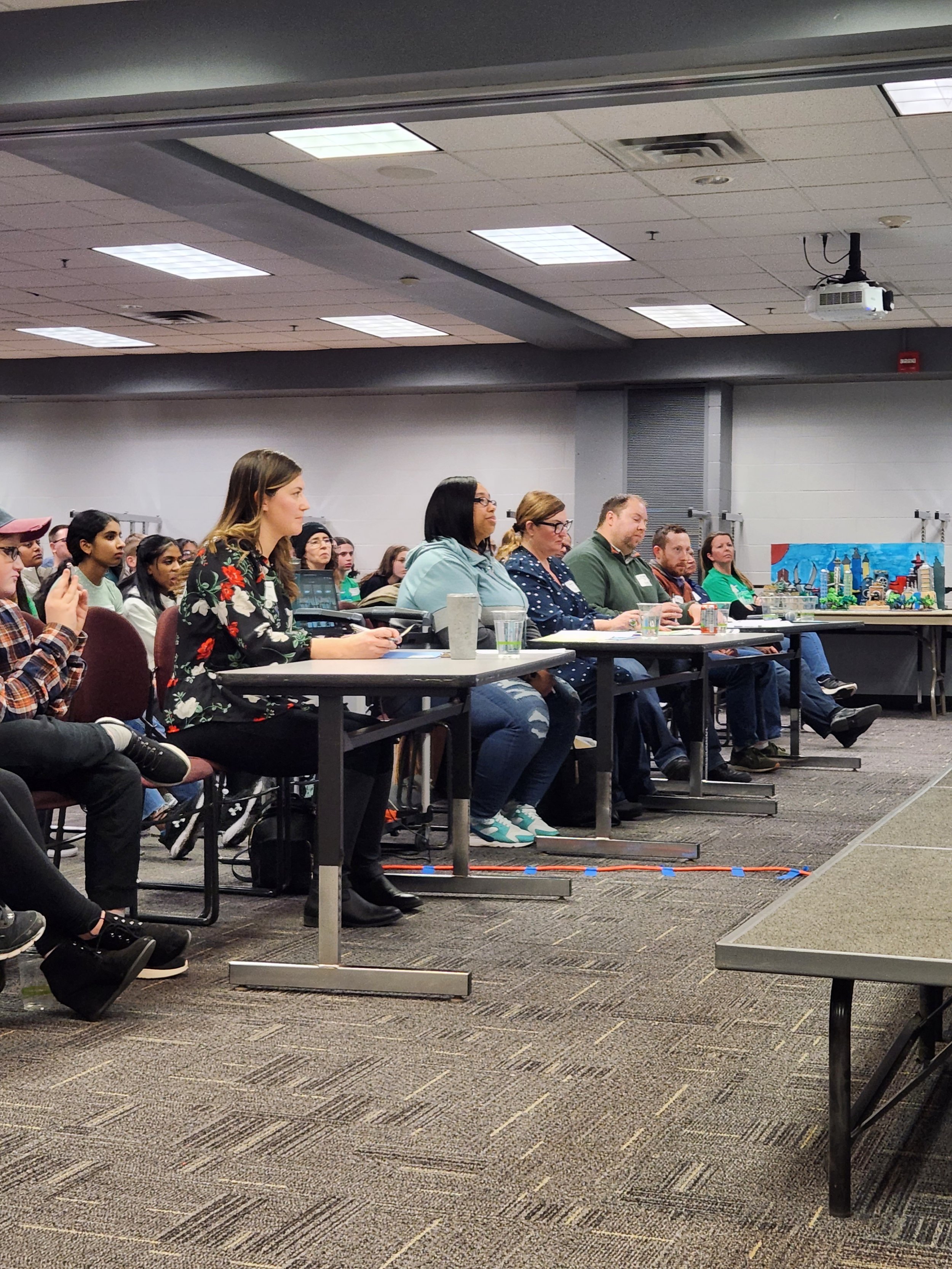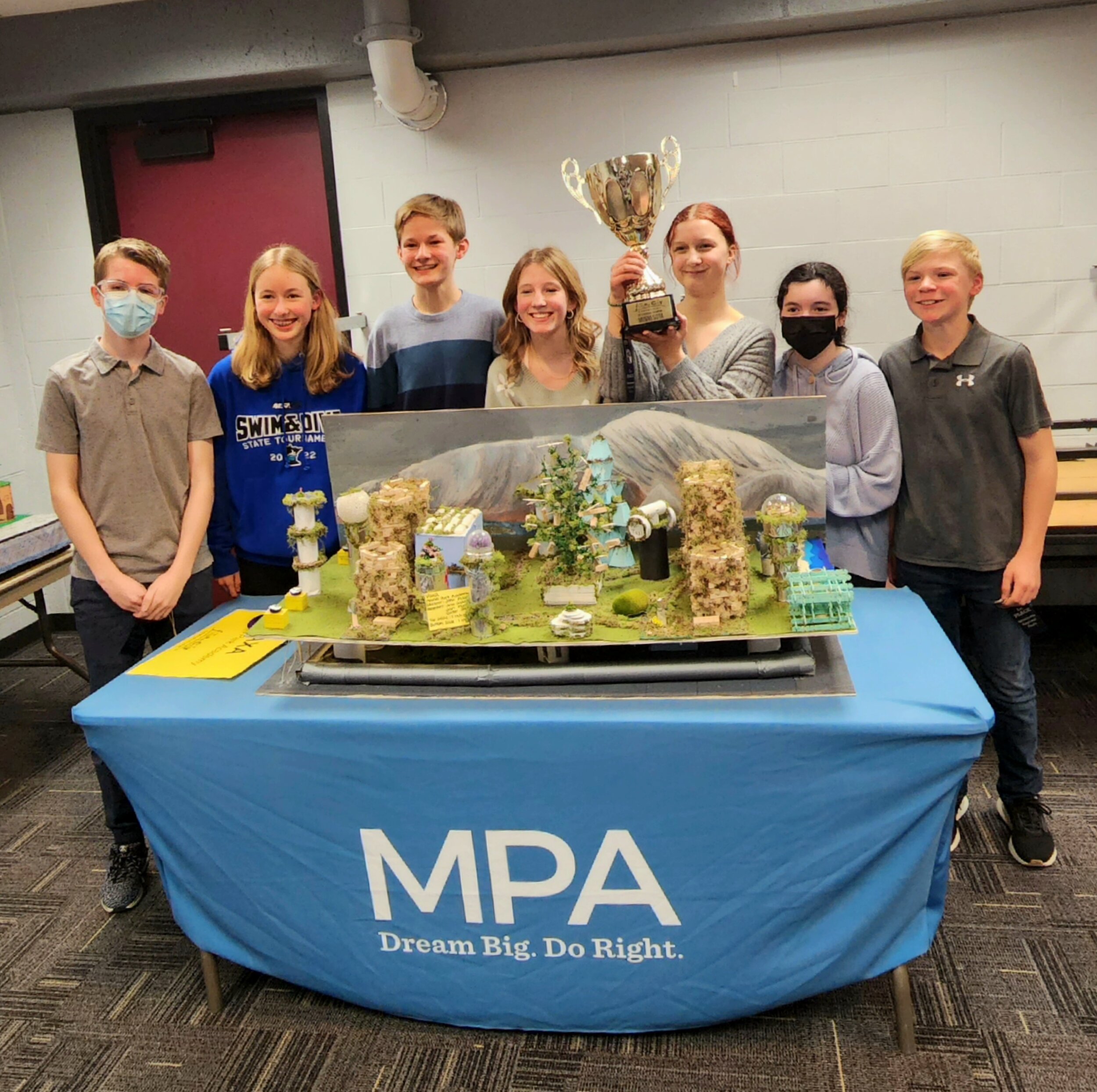St. Paul, MN—Governor Tim Walz released his $2.7 billion 2022 capitol budget bill to the public on Tuesday, January 18th. Of the numerous appropriations in the bill, over $560 million was set aside for various infrastructure projects including $90 million for local road grants, $200 million for bridges, and $200 million for drinking water and wastewater infrastructure. The Governor’s bonding proposal includes a combination of General Obligation Bonds, Trunk Highway Bonds, and cash.
“The priorities in this bonding bill are an important start to make the infrastructure investments that are needed,” said Andrew Nordseth, President of the Minnesota Chapter of ASCE. “We have the opportunity to begin to close the infrastructure gaps that exist across the state. As our current infrastructure ages, costs will continue to rise. Investments are needed now and need to continue into the future.”
The Minnesota Chapter of the American Society of Civil Engineers (ASCE) is in the process of developing a 2022 Report Card for Minnesota’s Infrastructure. This report card examines all sectors of infrastructure across the state and assigns grades based on several criteria. The report will update the 2018 Report Card for Minnesota’s Infrastructure, which identified significant gaps across nine key areas including roads, bridges, and wastewater. The 2018 Report Card gave Minnesota a “C” average, which means our infrastructure is in mediocre condition and needs improvement.
“Our volunteer members are working hard to complete their analysis on Minnesota’s infrastructure needs and make recommendations of how we can improve,” said Katie Zadrozny, who is leading the 2022 Report Card team. “What I can tell you now is we’re seeing a continued need for ongoing, sustainable investments across the board.”
With a $7.7 billion surplus, the Legislature is not short on decisions to make during session. Adding to the decisions is $4.8 billion in federal infrastructure money from the Infrastructure Investment and Jobs Act that is coming to the state. Most of this money requires a 20% state match and will only be available for five years. While increased federal investment is a good thing, Nordseth encouraged state lawmakers to take a longer view of things.
“The state has funding gaps and needs as far as 20 years into the future,” he added. “The new federal money is only for five years. What happens after 2026? ASCE urges policymakers to continue to look to the future. Even with this federal money, ASCE’s work shows that the cost of needed upgrades will soon outpace available funding. The Governor’s bill is an encouraging start, and we look forward to our voice being a part of the process.”
For More Information Contact:
January 18, 2022 Cathy Gillen, cgillen@asce.org





